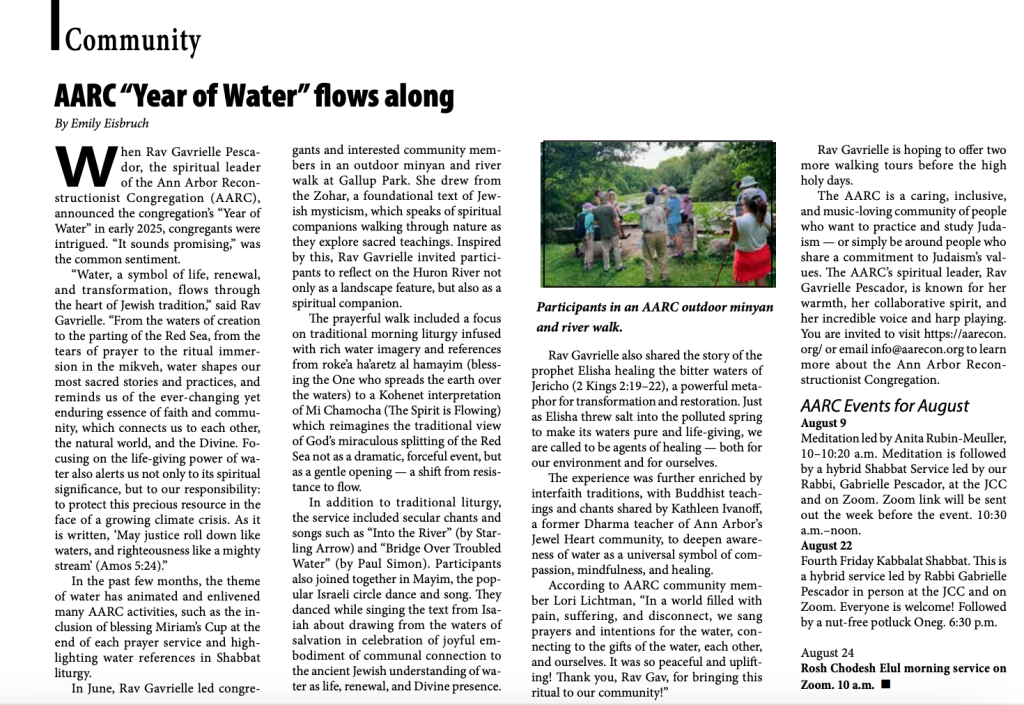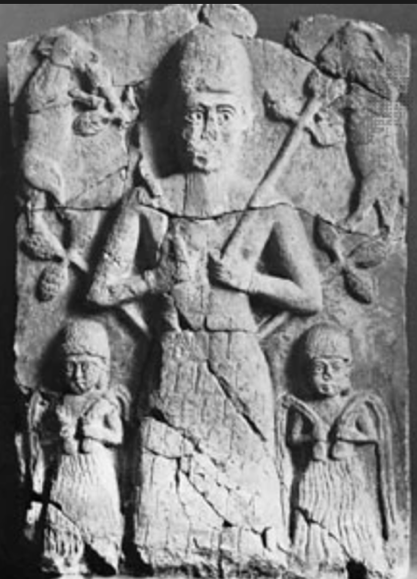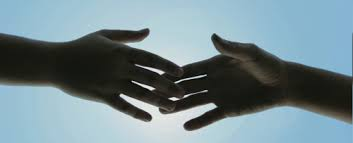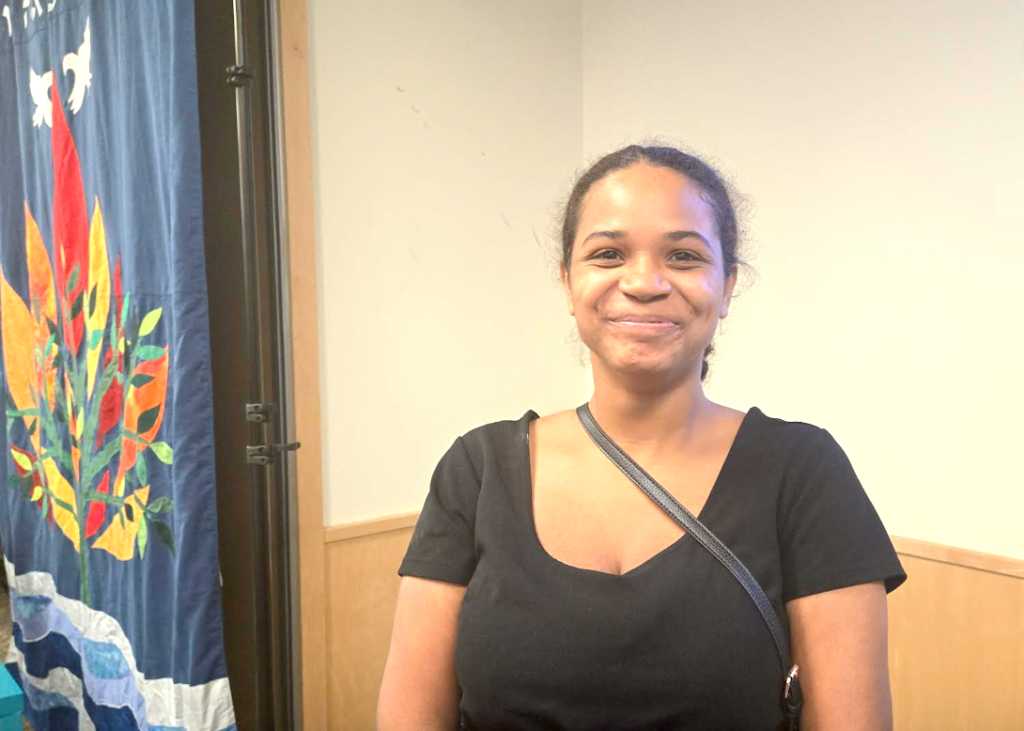This article on the AARC Year of Water appeared in the August 2025 Washtenaw Jewish News. You can read the article on page 9 in this PDF.

This article on the AARC Year of Water appeared in the August 2025 Washtenaw Jewish News. You can read the article on page 9 in this PDF.


As we enter the month of Tammuz on the Jewish calendar, we step into a season steeped in myth, mourning, and memory. Interestingly, the name Tammuz comes from Babylonian tradition. Tammuz was a beautiful young vegetation god who died, was mourned, and then returned to life.
Also known as Dumuzi, Tammuz was associated with the fertility of the land—a corn god whose death marked the drying of the fields—the tears of those who mourned him were believed to fertilize the soil for future harvests. He was also known as Dumu-zi-abzu, Tammuz of the Abyss, a name that links him to water—not only through tears and the primordial waters of creation, but also through the rivers that sustained Babylonian agriculture.
The mourning of Tammuz was a ritual event, in which women gathered to weep for the dying god in acts of devotion that mirrored the agricultural cycle: the seed buried in the soil was symbolic of death, watered or revived by tears, to sprout and be reborn in the next season. A powerful metaphor for the life cycle (birth, death and rebirth) and moving through grief.
Tammuz in the Tanach
Tammuz makes a brief but pointed appearance in the Tanach, in the book of Ezekiel:
Then [God] brought me to the entrance of the north gate of the House of YHVH; and there sat the women, bewailing Tammuz.
The prophet Ezekiel is outraged. The weeping for Tammuz is framed not as sacred, but as idolatrous—a betrayal of covenantal faith. Here, Babylonian religious practice crosses into Israelite consciousness but is rejected and shut down.
Mourning in Jewish Time: The 17th of Tammuz to Tisha B’Av
Coincidentally—or perhaps not—the month of Tammuz also begins our own traditional season of mourning: the Three Weeks, which culminate in Tisha B’Av, the day of destruction. On the 17th of Tammuz, we commemorate the breach of Jerusalem’s walls—an ominous precursor to the fall of the Temple. By Tisha B’Av, we are fully immersed in mourning over the destruction of both Temples and other collective Jewish tragedies.
While distinct from the mourning of Tammuz in Babylon, echoes linger. Some scholars suggest that though official Tammuz cult practices were never sanctioned in ancient Israel, remnants may have survived “in the streets of Jerusalem and other cities,” as Jastrow writes—not in the Temple, but among the people.
What Do We Make of All This?
The human impulse to ritualize grief—to mourn what is lost in nature and in society—is still with us. Tammuz reminds us of the ancient roots of spiritual practice, and of the ongoing tension in Jewish tradition between integrating with the cultures around us and celebrating the particularity of our Jewish identities with their unique customs, rituals and folkways.
This year, we don’t have to look far to feel the sorrow this season invites. As we enter Tammuz, our hearts are already heavy—with grief for lives lost, for communities shattered, for the pain in Israel and Gaza, Iran, Ukraine, and other places torn by war and violence. We grieve also for the erosion of democratic values and freedoms closer to home.
May we learn from our ancient, cross-cultural spiritual roots and allow our tears to sow seeds of compassion, justice, and peace.
May not all hope be lost as we continue to keep our hearts open. May our tears flow together and form a stream of healing that irrigates the soil—so it becomes fertile ground for creativity, bridge-building, and repair. May we be patient and steadfast on this path and hold one another close.
Chodesh Tov!
B’ahavah,
Rav Gavrielle

Written by Robin Wagner
This Shabbat, on June 14 at 10 am, we will be holding a Pride Liberation Shabbat and we hope all will attend. The Torah portion is Beha’alotcha—Numbers 8:1-12:16—which recounts the story of people who requested a second chance to offer the Passover sacrifice. In essence, that’s what we are going to do on our Pride and Liberation Shabbat: we will have a second shot at Passover. Only, this time our “seder plate” will be full of symbols that bring some of the rich and important history of LGBTQ liberation to life.
What will be on our seder plate?
Exotic Fruit. Queer people have demonstrated our strength in part by seizing words that have been used to disparage us and making them our own words of strength and pride. We embrace the “fruit” as a symbol that we are made in Ha’shem’s image: and that we are sweet and tart and unusual and creative and so many realities at once.
A Pink Triangle: just the Nazis forced Jewish people to wear a yellow Star of David on their clothing, they forced homosexuals to wear a pink triangle. The pink triangle today is a badge of honor, resistance and identity. Similarly, the black triangle designated Nazi prisoners who were “asocial”—people with disabilities, Roma and Sinti people, and others. After WWII, lesbians claimed the black triangle as a symbol of defiance against repression. I have worn a black triangle earing in my right ear since 1995 for this reason.
Bricks and Stones: New York City, June 28, 1969. The Stonewall Inn Riot was the birth of the modern queer rights movement. Police came to the Stonewall Inn, a gathering place for gay men, lesbians, and transgender people, to break up the gathering and arrest employees for selling alcohol without a license. But instead of running in fear, the crowd held their ground, hurled bottles and debris at the police, and refused to take the harassment any longer. Bricks and stones can be both weapons and building blocks. We took these weapons and with them built a movement for liberation and pride.
Join us and celebrate the liberation of queer people and Pride month!
Pride Shabbat will take place on Saturday, June 14th at 10:30 AM, please join us earlier for an in-person meditation led by Anita Rubin-Meiller at 10:00 AM-10:20 AM for a pre-service meditation at the Jewish Community Center of Ann Arbor. Light Kiddish to follow.
To join on Zoom: https://us06web.zoom.us/j/81318454149?pwd=UrfpVW2G0mRg40KdpGLZb09QhGpqmG.1
Meeting ID: 813 1845 4149
Passcode: 397483
Volunteers Needed for Set-Up for Pride Shabbat Saturday Service. Please email me at aarctiara@gmail.com if you would like to volunteer.
– by Carol Lessure

Many years ago, Deborah Dash Moore shared a story that had a lasting impact on me. A
renowned Jewish scholar, I have learned much from Dr. Moore over the years. This time, she shared a personal story.
Dr. Moore arrived from NYC to lead the Frankel Center for Judaic Studies over the summer of 2005. Of all the many Jewish colleagues that she met at the University of Michigan, only one invited her to attend High Holiday services at their congregation. This invitation was most welcome and it led her to build a lasting connection with that congregation. It was not the Ann Arbor Reconstructionist Congregation which was a fairly small Havurah at the time. As a third generation Reconstructionist with a long history with the West End Synagogue in New York City, Dr. Moore found us. She has been an active AARC member for twenty years sharing her expertise with Yom Kippur workshops, rabbinic leadership, and reading Torah.
Her story demonstrates the power of personal invitations and connections. As we enter a time when new people arrive to Ann Arbor to learn, teach and/or work, I encourage each of us to welcome newcomers with kindness and, if possible, an invitation to do something together. You will likely have new work colleagues, new neighbors, or new families at your children’s schools.
If they happen to be Jewish, please invite them to an AARC event, share what you like about our congregation, and perhaps offer to host them for Shabbat dinner. By the end of July, let them know that AARC has ticketless high holiday services that are open to all. If they have young children, share information about our small family-like Beit Sefer.
By late August or early September, you can share the schedule of our High Holiday services and programs. These will be a featured part of our website front page. Perhaps you can offer to meet them for services, a children’s program, or invite them to join you for the end of Yom Kippur when AARC provides afternoon workshops, a unique Memorial Service, a short lovely Nielah service with a Shofar blast, and a communal Break the Fast (be sure to pay & pre-register for the meal, please).
The AARC is delighted to welcome Tiara Hawkins as our new program manager. Tiara has a history degree from the University of Michigan Flint and a background in human resources, office management, and legal assistant work. “I’m excited to bring my skills into this role with the AARC, and I’m truly looking forward to doing the best job I can while learning from each of you in this incredible congregation.” Tiara comments.

Tiara says, “My husband Scott and I have three amazing kids—Ryan, who’s 5 and turning 6 in July, Aurora, who will be 3 in just a few days, and our youngest, Harlee, who just turned 1. All three of them attend the Early Childhood Center at Temple Israel in West Bloomfield, and it’s been such a wonderful experience for our family. I converted to Judaism in 2019, right before Scott and I got married, and it’s been such a meaningful part of my life ever since. My hobbies are reading, swimming, and spending time with my family.”
Tiara will be in charge of AARC communications, event coordination and more. Tiara’s first time coordinating AARC Fourth Friday services was May 23, 2025 and she did an outstanding job, alongside Emily Ohl. The congregation extends warm appreciation to our previous program manager, Emily Ohl. We are so glad that Emily will remain in the AARC community.
When you see Tiara at an event, be sure to introduce yourself and don’t be shy to ask if you can lend a hand!
Join us as we launch an Artist Collective within our spiritual community—a space to share our creative work, explore what moves and inspires us, and connect with like-minded people. Whether you paint, write poetry, sculpt, play music, or engage in any form of artistic expression, this is an opportunity to build community through art.

We’ll begin with a teaching on Jewish amulets, exploring their history and spiritual significance. From there, we’ll embrace the creative process—perhaps making art together, sharing our artistic interests, cheering each other on, and finding joy in the holiness and healing potential of creative expression during this tumultuous time.
This is about connection, inspiration, and the joy of creating together—a playful space to uplift and encourage each other through art.
Come join the fun, spark ideas, and search for meaning through artmaking!
Date: Monday April 28, 2025
Time: 7 pm
Place: Idelle Hammond-Sass’ art studio
RSVP: Email Idelle at hammond_sass@msn.com and she will send you her address.
This Q&A with Erica Ackerman was written for the April 2025 Washtenaw Jewish News, as part of climate outreach coordinated by A2J Climate Circle initiative.
A member of the Ann Arbor Reconstructionist Congregation, Erica is a climate activist who serves on the Executive Committee of the Sierra Club Huron Valley Group.

Erica, tell us about the origins of your climate activism
I became a climate activist leading up to the 2008 election. Working with the groups “Obama for America” and then “Organizing for Action,” I developed presentations to raise climate change awareness. We coordinated climate change symposiums in Dexter, Jackson, Canton, and Ypsilanti.
How did you become a leader with the Sierra Club?
In 2018, longtime Washtenaw County activist Dan Ezekiel asked me to run for the Sierra Club of Huron Valley executive committee, and I was honored to step up. At the time, funding for climate initiatives in the city of Ann Arbor was in doubt. The Sierra Club mobilized our community to attend city council meetings and to make their voices heard. These efforts were impactful, and in 2019 the Ann Arbor city council passed the A2ZERO plan. A key goal of A2ZERO is to realize community-wide carbon neutrality by 2030.
Have Jewish values played a part in your climate activism work?
Yes, for me it all seems integral; Jewish values lead to wanting to protect our environment, and advocating for the earth leads to appreciation of Jewish values, especially around Tikkun Olam (repairing the world).
Regarding activism in the Jewish community, prompted by our rabbi, I recently participated in lobbying through Jewish Earth Alliance, where we pushed our US Senators to defend our progress on climate action.
Advice for others who want to get involved?
The Sierra Club could definitely use more people who are active and interested in taking action. Start by attending the monthly Sierra Club program meetings, held on the third Tuesday of the month, 6pm to 7:30pm, in-person at the downtown branch of the Ann Arbor District Library. The programs offer a mix of nature talks and environmental activism.
In addition, Sierra Club Executive Committee meetings are open to the public. They are held on Zoom, the first Thursday of every month at 7pm. If you are interested in the Sierra Club Executive Committee Zoom link, text me (Erica) at 734-330-0163.
Thanks to Janet Kelman and Rav Gavrielle for this article in the March 2025 Washtenaw Jewish News. See the full article at this link, on page 8.

